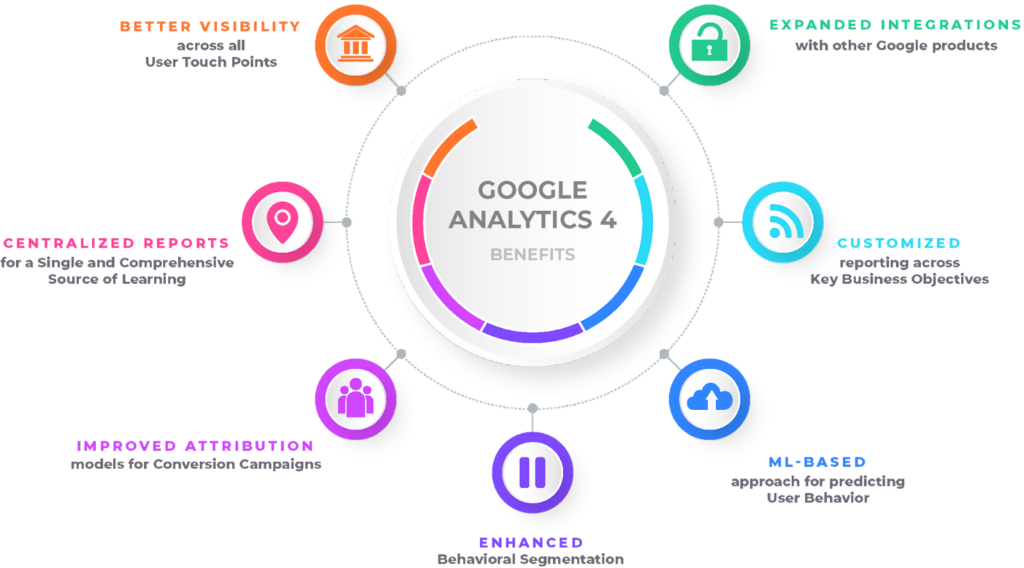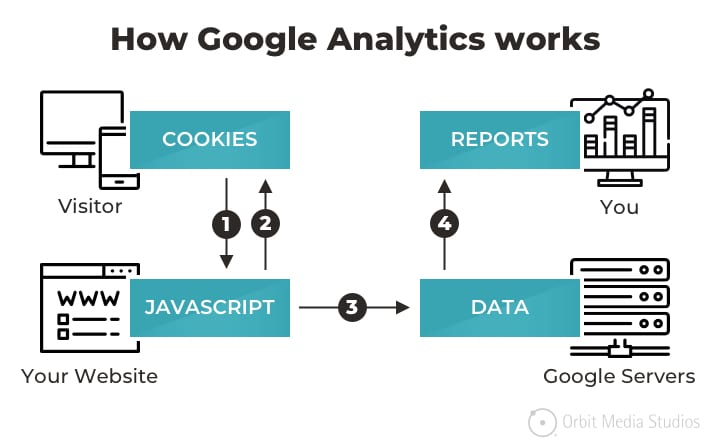Optimize Your Internet Site Efficiency With Google Analytics Tracking Code
In the electronic landscape, understanding individual interactions with your website is critical for optimization. By integrating the Google Analytics tracking code, you can open a wide range of details concerning site visitor habits, allowing you to keep track of important metrics and recognize potential locations for improvement. This critical execution not just informs your choices yet likewise leads the way for an extra engaging user experience. Nonetheless, the real difficulty hinges on efficiently analyzing this data and converting insights into workable techniques. What actions can you require to ensure you are fully leveraging these insights for optimum performance?
Recognizing Google Analytics
Understanding Google Analytics is essential for web site proprietors and marketing experts intending to enhance their on the internet visibility. This effective device gives critical understandings right into customer habits, enabling stakeholders to make data-driven choices. By tracking various metrics, such as web page views, bounce rates, and user demographics, Google Analytics aids recognize which aspects of a website are carrying out well and which need enhancement.
One of the key attributes of Google Analytics is its capability to segment data. Users can assess web traffic sources, customer interaction, and conversion rates across various sections, such as geographic places or gadget kinds. This granularity makes it possible for marketing experts to customize their methods to particular audiences, therefore improving the effectiveness of their projects.

Establishing Monitoring Code
To harness the complete potential of Google Analytics, establishing up the tracking code properly is a basic step. The monitoring code, a snippet of JavaScript, makes it possible for Google Analytics to gather information concerning user interactions on your website.
Following, you'll require to embed this code into the HTML of your web site. Preferably, put the monitoring code right before the closing tag on every web page you wish to check. If you're using a material monitoring system (CMS) like WordPress, consider using plugins that assist in very easy integration.
After applying the code, it's essential to confirm its performance. Make use of the "Real-Time" reports in Google Analytics to confirm that data is being gathered as expected. By guaranteeing correct setup, you create a solid foundation for efficient data analysis and calculated decision-making to improve your web site's efficiency.
Trick Metrics to Monitor
On a regular basis monitoring key metrics in Google Analytics is important for evaluating your site's performance and user engagement. Among the fundamental metrics to track are web page sights, which supply understanding into how frequently individuals check out various pages on your site. In addition, one-of-a-kind visitors help you understand the reach of your web content by indicating the amount of unique individuals are involving with your site over an offered period.
Bounce rate is one more critical metric, revealing the percentage of visitors that leave your site after seeing only one web page. A high bounce price may indicate problems with content relevance or individual experience. Alternatively, session duration indicates for how long site YOURURL.com visitors remain on your website, helping you assess web content effectiveness and individual passion.
Conversion rates are crucial for determining the success of your internet site in accomplishing particular objectives, such as type entries or product acquisitions (when does the google analytics tracking code send an event hit to analytics?). Keeping track of web traffic sources is likewise vital, as it aids recognize which channels drive one of the most traffic and conversions, enabling more targeted advertising and marketing strategies
Studying Visitor Actions

Additionally, tracking customer pathways with the site aids disclose usual navigation patterns. This information is crucial in establishing whether customers can easily locate the web content they seek or if they experience obstacles that bring about aggravation. Determining high leave web pages can highlight areas that may need redesign or even more engaging content to preserve visitors.
In addition, segmenting users based upon demographics, passions, and actions offers a deeper understanding of the target audience. This segmentation enables companies to customize web content and advertising approaches much more successfully, raising the possibility of conversions. Ultimately, examining site visitor behavior not only educates website enhancements yet additionally cultivates an extra user-centric strategy, leading to boosted fulfillment and commitment over time.
Carrying Out Data-Driven Adjustments
Executing data-driven changes is vital for boosting website efficiency and attaining service goals. By leveraging insights gathered from Google Analytics, organizations can identify locations for improvement and make notified choices to optimize individual experience.
First, examine vital performance indicators (KPIs) such as bounce prices, session duration, and conversion prices to determine details concerns impacting user involvement - when does the google analytics tracking code send an event hit to analytics?. For example, a high bounce rate on a landing web page may show that the material is not check reverberating with site visitors or that the page takes also long to load

Conclusion
Finally, the implementation of Google Analytics tracking code is vital for maximizing web site efficiency. By accurately monitoring individual behavior and why not try this out crucial metrics, beneficial insights can be acquired, assisting in data-driven decision-making - when does the google analytics tracking code send an event hit to analytics?. This process not only improves customer experience however likewise straightens with broader company goals. Constant analysis and subsequent adjustments based upon accumulated information will result in sustained improvements, eventually adding to the general efficiency and success of the internet site.
By tracking numerous metrics, such as page views, bounce prices, and customer demographics, Google Analytics helps recognize which facets of an internet site are doing well and which require improvement.
Users can evaluate web traffic resources, user involvement, and conversion rates across various segments, such as geographic locations or tool kinds. The tracking code, a bit of JavaScript, allows Google Analytics to collect information regarding user interactions on your website.Frequently keeping track of key metrics in Google Analytics is essential for evaluating your site's efficiency and individual engagement. By leveraging Google Analytics, web site proprietors can acquire important understandings right into exactly how customers interact with their site.